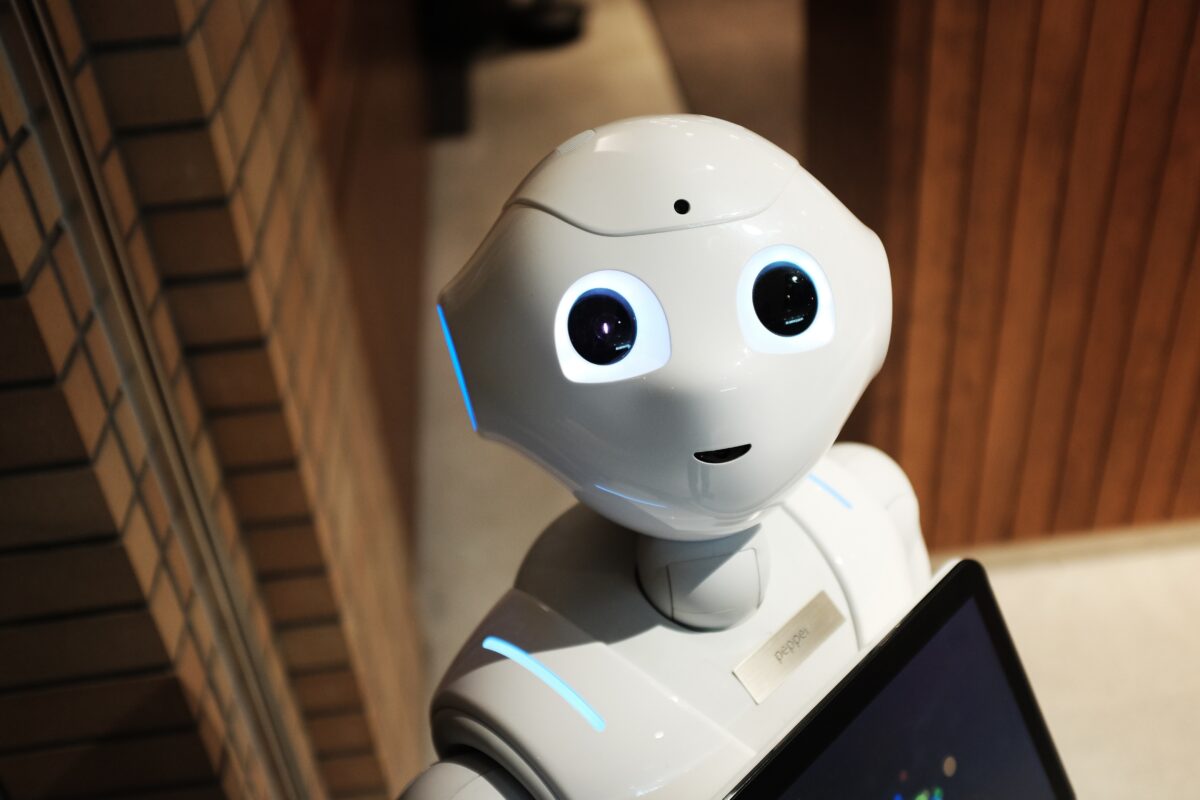How long do you think the first prototype of the Google glass took the team at Google X to make? The answer is less than one day, and some everyday items to make; a coat hanger, some plexi-glass, a projector and a laptop. To get the dimensions and weight distribution right the team used some modelling wire and pieces of clay, measured to weigh the same as the components that had to go in the glasses.
A few years ago I was lucky enough to be part of a Rapid Prototyping workshop by Tom Chi. Tom Chi was head of experience at Google X, now known as just X. X is what Google themselves describe as the Moonshot factory. This R&D facility is responsible for some of Alphabet’s most ambitious projects, both the google glass as well as the self-driving car, now known as Waymo originated at Google X.
This half-day workshop, a shorter version of Chi’s full-day corporate workshop for which he typically charges around $40,000 USD, was generously set up for us as part of the RSM BA Honours Programme. It really changed my mind as to how simple and quick the design of something more complex can be.
Tom Chi’s rapid prototyping philosophy refers to a strategy for driving innovation and solving complex problems. This definition is different from a common definition of the term that specifically refers to Computer Aided Design (CAD), 3D printing and CNC machining. Tom Chi’s definition also isn’t limited to the prototyping of physical products, it can be applied to non-physical products, business processes or other types of problems too.
In my workshop we focused on a business problem that we thought we could solve with the use of software, and within an hour we were able to go from nothing to creating about 20 iterations of the software. Just by drawing out what the UI would look like with pen and paper. Putting it in front of someone that was not part of the creation of the idea, and that was acting like the target customer, without any explanation and reacting to his feedback and interaction with the “program”. This type of rapid prototyping, paper prototyping, was a great tool to help us maximize our rate of learning, by minimizing our iteration time. Sometimes it took mere seconds to update our paper prototype and get it back in front of our pretend customer.
Tom Chi has taught me to think even cheaper and faster to get your ideas validated and problems solved by focusing on the basics, taking your iteration process from months or weeks, to days to get the core elements of your product right. It relates closely to the entrepreneurial ideas of failing fast, validation, focusing on the core elements first and pivoting when something appears to be different than expected, and explores this core concept in a very simple, usable and tangible way. Changing the way I look at innovation, and Entrepreneurship in general.
Sources:
Rapid prototyping Google Glass – Tom Chi. available at https://www.youtube.com/watch?v=d5_h1VuwD6
Fast solutions for a brighter future – rapid prototyping entrepreneurship: Tom Chi at TEDxKyoto 2013. Available at https://www.youtube.com/watch?v=DkyMCCnNI3Q
https://consciouscompanymedia.com/workplace-culture/tom-chis-rapid-prototyping-key-solving-problems/


